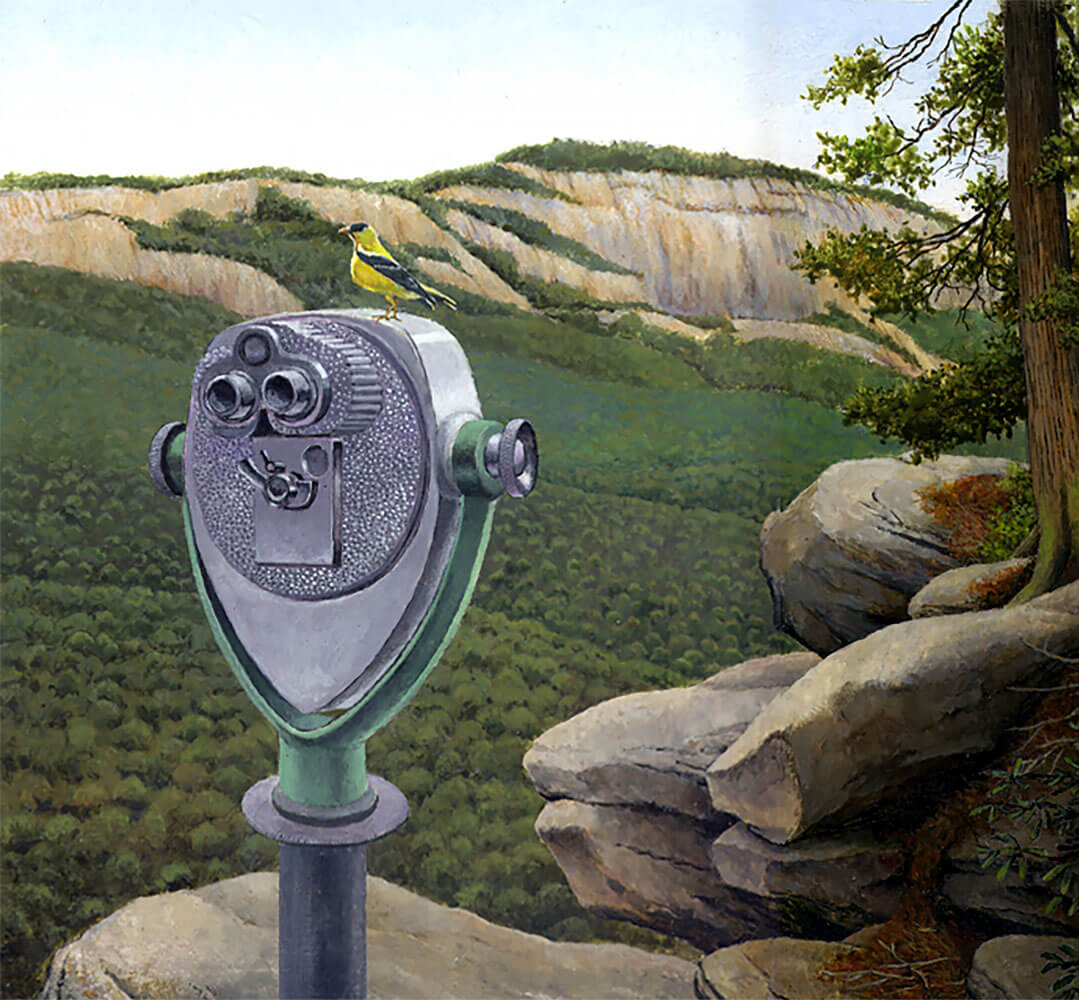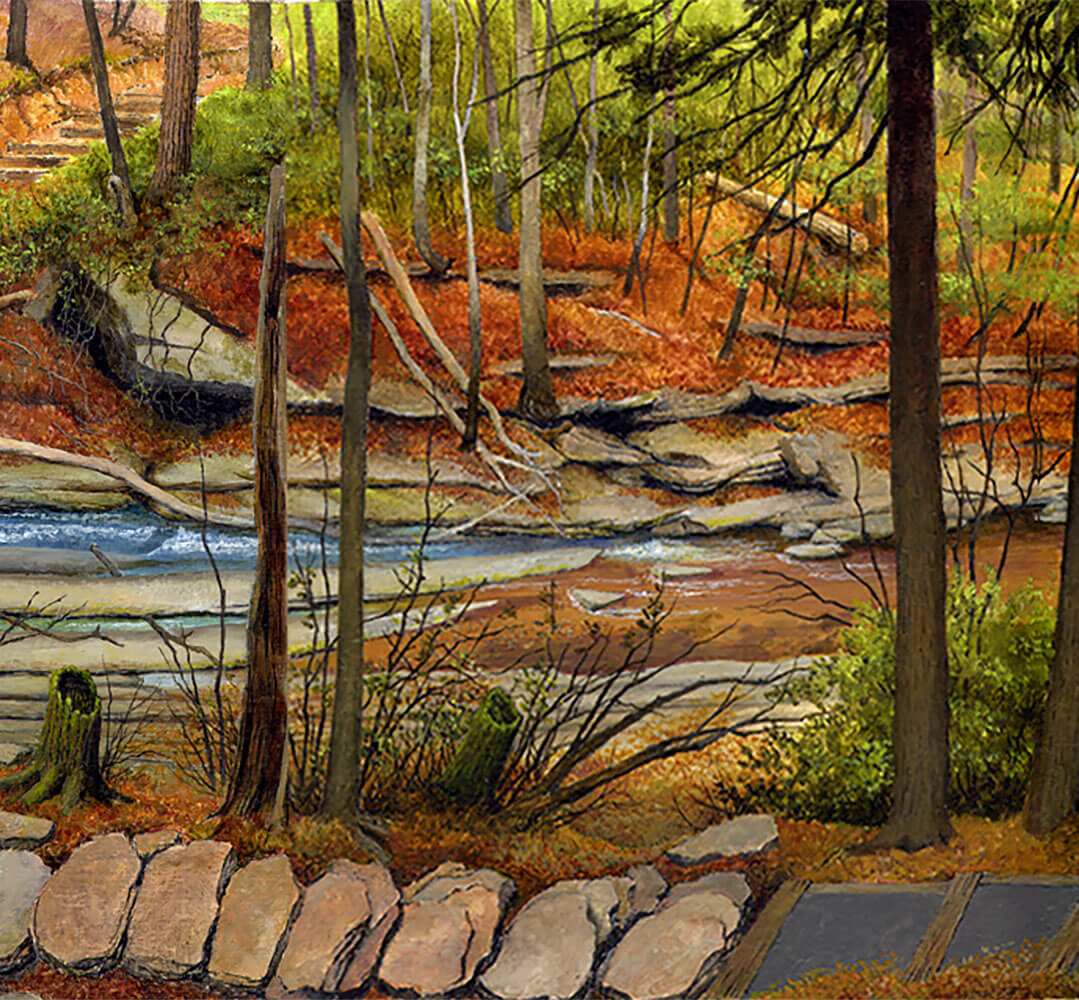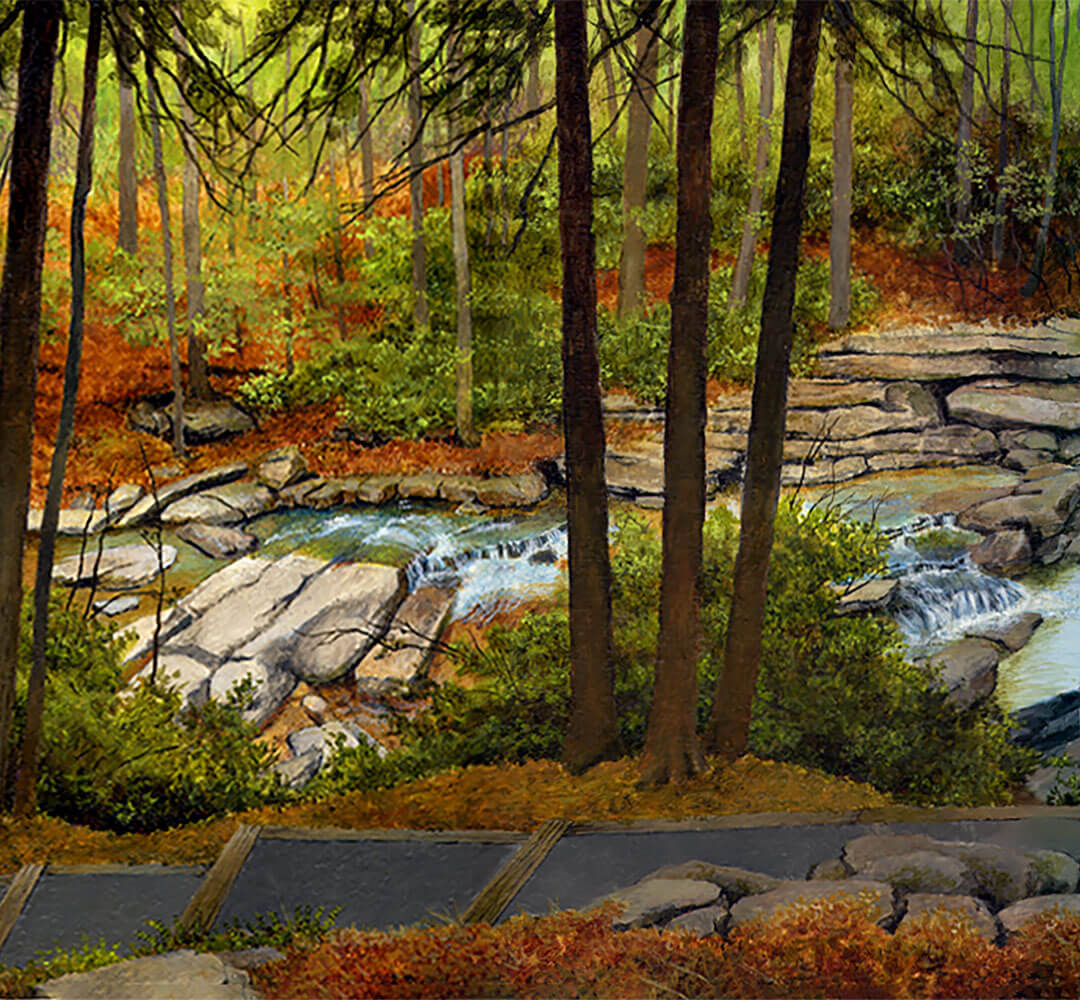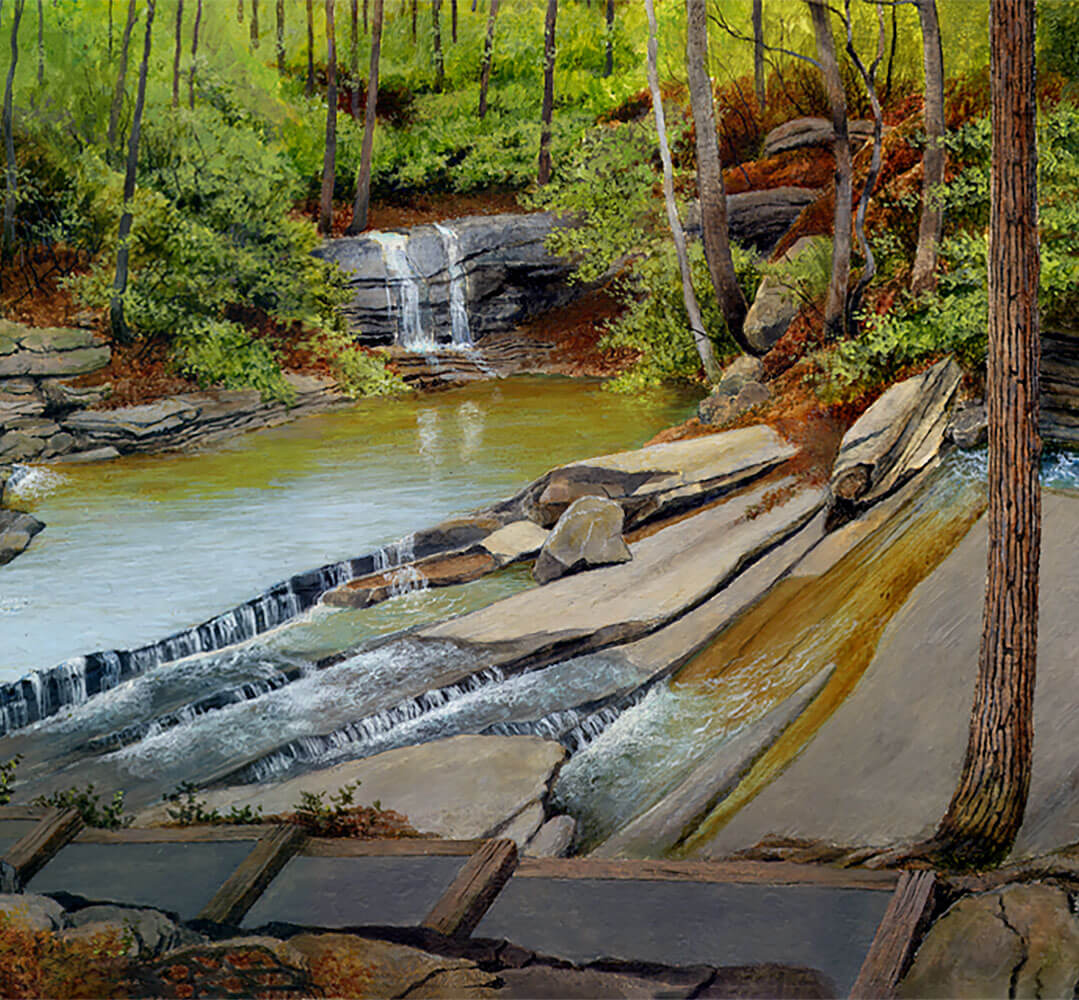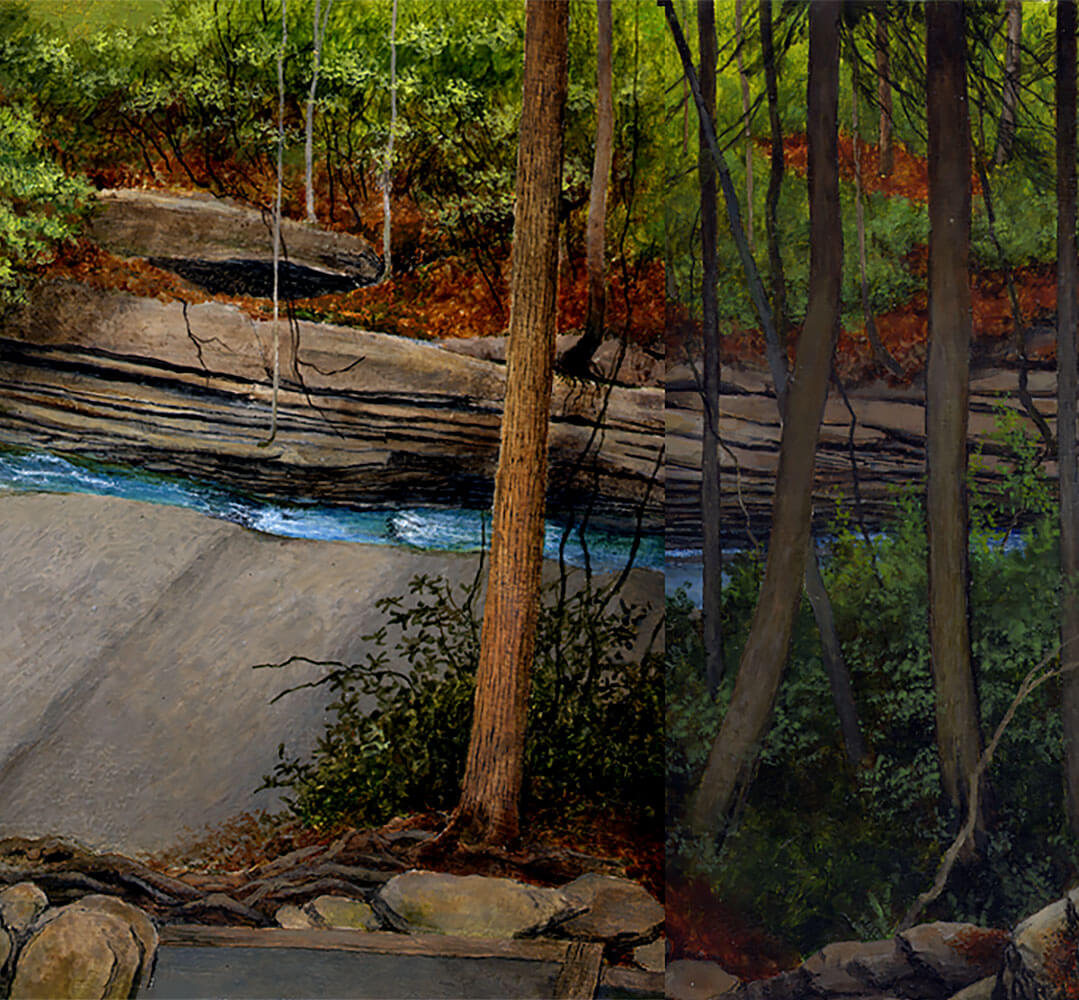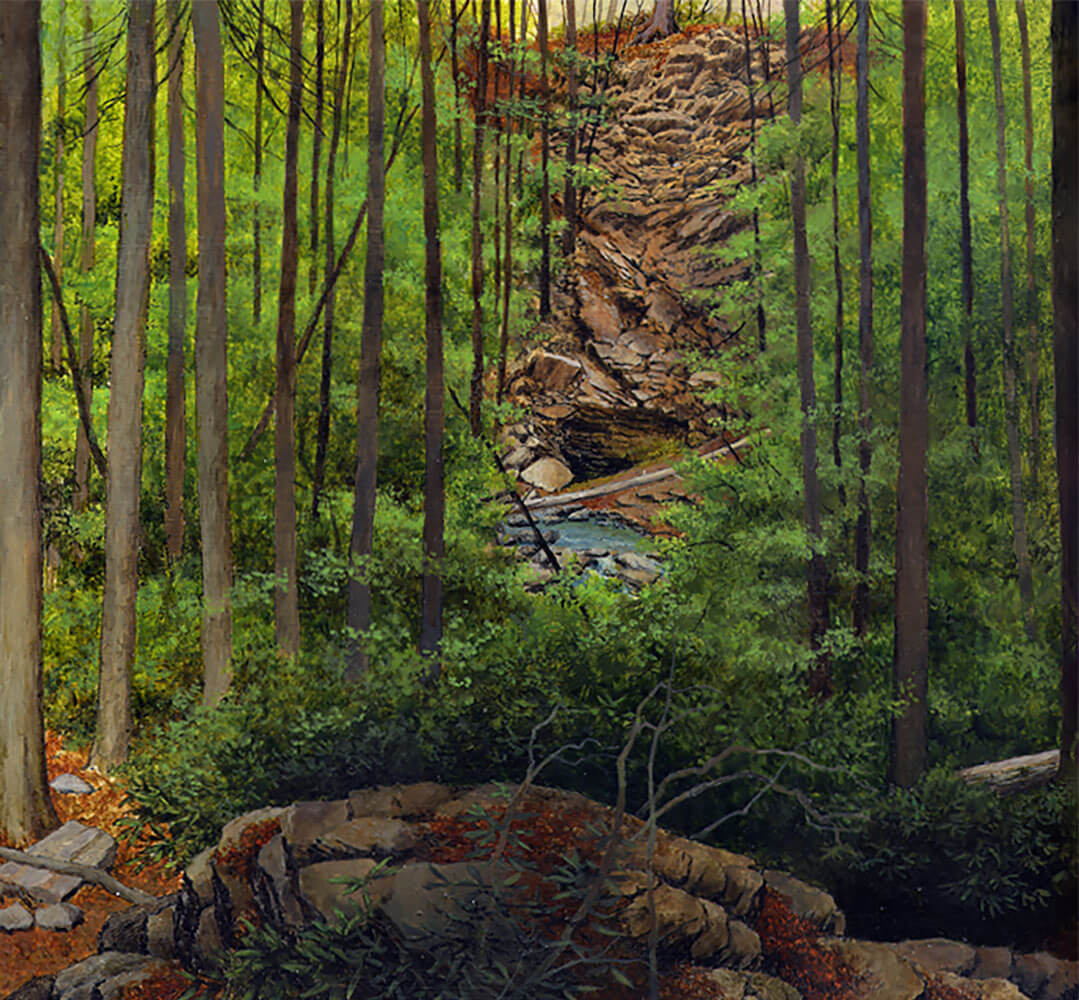Carrick Creek’s geologic diversity matches its biodiversity of animals and plants. Rocks and minerals are everywhere as rivers and creeks expose what is going on below the earth’s surface.
But first, do you know a rock from a mineral?
Minerals are characterized by their crystal structure, an orderly arrangement of particles in a specific pattern, and defined chemical composition. A visitor can easily find quartz throughout the creek as it is the most common mineral on the earth’s surface.
Rocks are composed of minerals and sometimes other materials that are fused, cemented, or bound together. Unlike minerals, rocks have an inconsistent structure.
Imagine a rock as a chocolate chip cookie, and its ingredients - sugar, flour, chocolate, butter - as minerals that make up that rock.
The rock cycle is an important model for understanding how rocks are formed and change over time. The following are the three major groups of rocks involved in the cycle:
Igneous Rock
Intense heat deep inside the earth melts rocks and minerals to create magma. Hot, liquid magma exits the earth's crust in the form of lava. Igneous rock forms when this magma or lava cools and solidifies. Granite, basalt, and obsidian are examples of common igneous rock types that are all very different based on their texture, grain size, and mineral composition.
Metamorphic Rock
Metamorphism is the physical and chemical change that rock goes through when subjected to heat and pressure. Marble, slate, schist, and gneiss, a widespread rock type at Carrick Creek and Table Rock, are common metamorphic rock types.
Sedimentary Rock
Weathering and erosion continually break down rocks, minerals, and organic materials into fine sediment. Younger layers compress older, lower layers of sediment over time. Chemical and physical processes bond the compacted layers creating sedimentary rock. Sandstone, shale, and limestone are examples of common sedimentary rock types.
